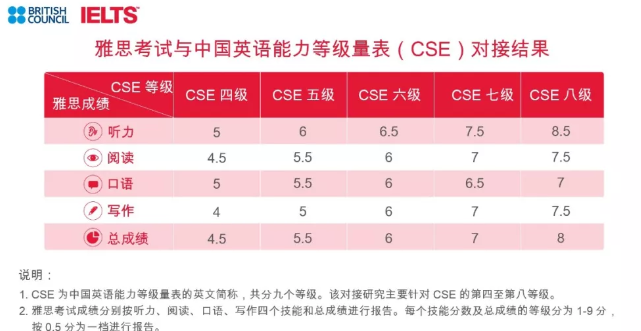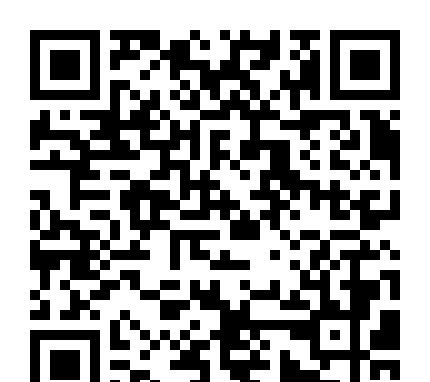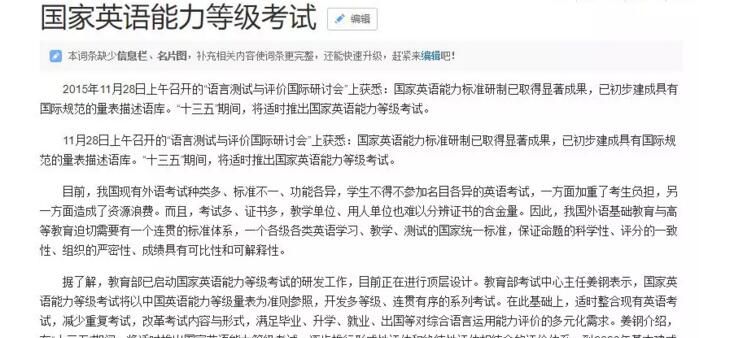法律类文章精选:ENDING THE ROUNDUPS
|
4 ENDING THE ROUNDUPS With Chicago's antiloitering law struck down, California is a model for how to fight street gangs The image was riveting, as justice John Paul Stevens, a Chicago native, presented it. A gang member and his father are hanging out near Wrigley Field. Are they there "to rob an unsuspecting fan or just to get a glimpse of Sammy Sosa leaving the ball park?" A police officer has no idea, but under Chicago's anti-gang law, the cop must order them to disperse. With Stevens writing for a 6-to-3 majority, the Supreme Court last week struck down Chicago's sweeping statute, which had sparked 42,000 arrests in its three years of enforcement. The decision was a blow to advocates of get-tough crime policies. But in a widely noted concurring opinion, Justice Sandra Day O'Connor suggested that a less draconian approach--distinguishing gang members from innocent bystanders--might pass constitutional muster. New language could target loiterers "with no apparent purpose other than to establish control over identifiable areas, to intimidate others from entering those areas or to conceal illegal activities," she wrote. Chicago officials vowed to draft a new measure. "We will go back and correct it and then move forward," said Mayor Richard Daley. Chicago officials, along with the League of Cities and 31 states that sided with them in court, might do well to look at one state where anti-gang loitering prosecutions have withstood constitutional challenges: California. The state has two antiloitering statutes on the books, aimed at people intending to commit specific crimes--prostitution and drug dealing. In addition, a number of local prosecutors are waging war against gangs by an innovative use of the public-nuisance laws. In cities such as Los Angeles and San Jose, prosecutors have sought injunctions against groups of people suspected of gang activity. "The officers in the streets know the gang members and gather physical evidence for lengthy court hearings," says Los Angeles prosecutor Martin Vranicar. If the evidence is enough to convince a judge, an injunction is issued to prohibit specific behavior--such as carrying cell phones or pagers or blocking sidewalk passage--in defined geographical areas. "It works instantly," says San Jose city attorney Joan Gallo, who successfully defended the tactic before the California Supreme Court. "A few days after the injunctions, children are playing on streets where they never were before." So far, only a few hundred gang members have been targeted, out of an estimated 150,000 in Los Angeles alone. But experts say last week's decision set the parameters for sharper measures. Says Harvard law professor Laurence Tribe: "It just means they have to use a scalpel rather than an invisible mallet." ~~~~~~~~ 注(1):本文选自By Margot Hornblower/Los Angeles With reporting by Timothy Roche/Chicago and Andrea Sachs/New York Time; 06/21/99, Vol. 153 Issue 24, p55, 2/3p, 1bw 注(2):本文习题命题模仿对象2004年真题Text 2。 1.What does the author intend to illustrate with the example of the gang member and his father? [A]How the antiloitering law works. [B]How to maintain charming image. [C]How tough the crime polices were. [D]Why Chicago’s sweeping statute stroke down. 2.What can we infer from the first two paragraphs? [A]Chicago’s antiloitering law shouldn’t be struck down. [B]The cop was entitled to send the gangs away. [C]Chicago officials yielded to the result of striking down the law. [D]antiloitering law in Chicago was much too severe for the majority. 3.The third and fourth paragraphs suggest that ________. [A]the League of Cities and 31 states should work with Chicago officials [B]the injunctions in some cities brought back the safety on the street [C]California successfully starts the battle against the gangs [D]the police officers shoulder more responsibility than before 4.What does the author mean by “It just means they have to use a scalpel rather than an invisible mallet” (The Last Line, Paragraph 5)? [A]The gang members should be given a get-tough attitude in the long run. [B]The targeted gang members rather than all of them should be given a get-tough treatment. [C] A scalpel can cut off the tumors of the society while the invisible mallet fails to. [D]A scalpel is more powerful than the invisible mallet. 5.Which of the following is true according to the text? [A]Chicago’s sweeping statute was struck down for its involving too many arrests. [B]Chicago officials still maintained their get-tough crime policies. [C]It was not safe for children to play on the street. [D]California used a scalpel while other states used an invisible mallet to cope with the gangs. 答案:ADCBD 篇章剖析 本文采用提出问题---解决问题的模式。第一段和第二段提出芝加哥因为种种原因解除了禁止闲荡法令;第三段、四段和五段针对这一问题,指出加利福尼亚的做法是非常值得借鉴的。 词汇注释 loiter[5lCItE(r)]v.闲荡, 虚度, 徘徊 rivet[5rIvIt]v. 吸引(注意力) disperse [dI5sp:s]v.(使)分散, (使)散开, 疏散 statute [5stAtju:t]n.法令, 条例 enforcement [In`fR:smEnt]n.执行, 强制 concur[kEn5k:(r)]v.同时发生 draconian [drE5kEJnIEn]adj.严酷的,极其残酷的;十分严厉的: intimidate [In5tImIdeIt]v. 恐吓使胆怯;使害怕 innovative [`InEJveItIv]adj.创新的, 革新(主义)的 injunction [In5dVQNkF(E)n]n.命令, 指令, [律]禁令 parameter [pE5rAmItE(r)]n.参数, 参量, <口>起限定作用的因素 scalpel [5skAlp(E)l]n.解剖刀 mallet [5mAlIt]n.槌棒 难句突破 1.Chicago officials, along with the League of Cities and 31 states that sided with them in court, might do well to look at one state where anti-gang loitering prosecutions have withstood constitutional challenges: California. 主体结构:Chicago officials might do well to look at … 结构分析:“along with the League of Cities and 31 states”在句子中做伴随状语,其中that又引导定语从句进行修饰;主句中where又引导从句来修饰state。 句子翻译:只要芝加哥官员以及那些在法庭上支持他们的城市联盟和31个州去看看那个州—加州—的情况就可以处理好他们的问题。加州的反犯罪集团闲荡起诉案已经受住了宪法的挑战。 题目分析 1.答案为A,属推理判断题。文中对应信息“but under Chicago's anti-gang law, the cop must order them to disperse”,从第一段我们可以看出作者在介绍芝加哥的“禁止闲荡法令”是如何运做及被解除的。 2.答案为D,属推理判断题。第一段和第二段主要介绍芝加哥解除了“禁止闲荡法令”。从第一段“which had sparked 42,000 arrests in its three years of enforcement”,我们可以看出这一法令是非常严厉的;从第二段“But in a widely noted concurring opinion, Justice Sandra Day O'Connor suggested that a less draconian approach--distinguishing gang members from innocent bystanders--might pass constitutional muster.”我们可以看出一项较宽松的法令即将出台。从这些地方我们可做出判断。 3.答案为C, 属推理判断题。第三段和第四段主要介绍了加利福尼亚州是如何与街头帮派行为做斗争的。 4.答案为B,属推理判断题。这篇文章中存在对比:芝加哥的肃清法令“sparked 42,000 arrests in its three years of enforcement”,重在大范围的打击;加利福尼亚州“So far, only a few hundred gang members have been targeted, out of an estimated 150,000 in Los Angeles alone.”重在小范围的清除。 5.答案为D,属推理判断题。分析同第四题。 参考译文 团伙犯罪休矣 随着芝加哥禁止闲荡法的废除,加利福尼亚成为与街头犯罪集团斗争的典范 正如芝加哥法官约翰·保罗·斯蒂文斯所描述的那样,这种景象是非常吸引人的。一个犯罪集团成员和他的父亲在里格利球场附近闲荡,他们在那“是想抢劫一个毫无戒心的球迷呢,还是只为了目睹一下正在离场的塞米索萨棒球队的风采呢?”警官不得而知,但是根据芝加哥反犯罪集团法,警察必须命令他们散开。鉴于史蒂文法官上书要求以6比3的多数通过废除法令案,上个星期最高法院废除了芝加哥的肃清法令。这项法令在三年的实施时间里,引发了42,000起逮捕案。 这一决定对于那些主张严厉惩治犯罪的人来说,无疑是当头一棒。但是根据一种相当著名且普遍赞同的观点,法官桑德拉•戴•奥康纳认为,采取一种不太严厉的做法—把犯罪集团成员与无辜的旁观者加以区分的方法—可能更符合宪法的规定。她这样写道,议案中使用的新的措辞可能会把那些“除了控制可识别区域、恐吓他人不得进入该区域或隐瞒非法活动外没有其它明确目的”的闲荡者作为目标。芝加哥官员发誓要起草一项新措施。理查德•戴利市长说:“我们要回过头去对其进行纠正,然后再继续往前走。” 只要芝加哥官员以及那些在法庭上支持他们的城市联盟和31个州去看看那个州—加州—的情况就可以处理好他们的问题。加州的反犯罪集团闲荡起诉案已经受住了宪法的挑战。这个州已将两部禁止闲荡的法律编辑成册,该法律主要针对那些意欲犯如卖淫和贩毒等特种罪行的人。另外,当地一些检察官正创新性地应用公共妨害法向犯罪集团宣战。 在洛杉矶和圣何塞这样的城市,检察官已要求对那些被怀疑有团伙犯罪行为的犯罪集团成员实行禁令。洛杉矶检察官马丁•弗拉尼卡说:“大街上巡逻的警察熟悉犯罪集团的成员,并为漫长的法庭审讯收集物证。” 如果证据能足以使法官信服,就会颁布禁令,在特定区域里禁止某些特定的行为—比如携带手机或寻呼机或阻碍行人通道。曾在加利福尼亚最高法庭上成功为泰迪公司(The Tactic)进行辩护的圣何塞市律师琼•加洛说:“这马上就奏效了。禁止令颁布几天之后,孩子们就开始在他们以前未去过的大街上玩耍了。” 据估计,洛杉矶150,000个犯罪集团成员中,至今只有几百人被定为目标对象。但是专家们表示,上周的决定为实施更为严厉的措施确立了范围。哈福法律教授劳伦斯•特莱布说:“这只是意味着,他们须用手术刀,而不是用无形的木槌来解决这一问题了。” |








